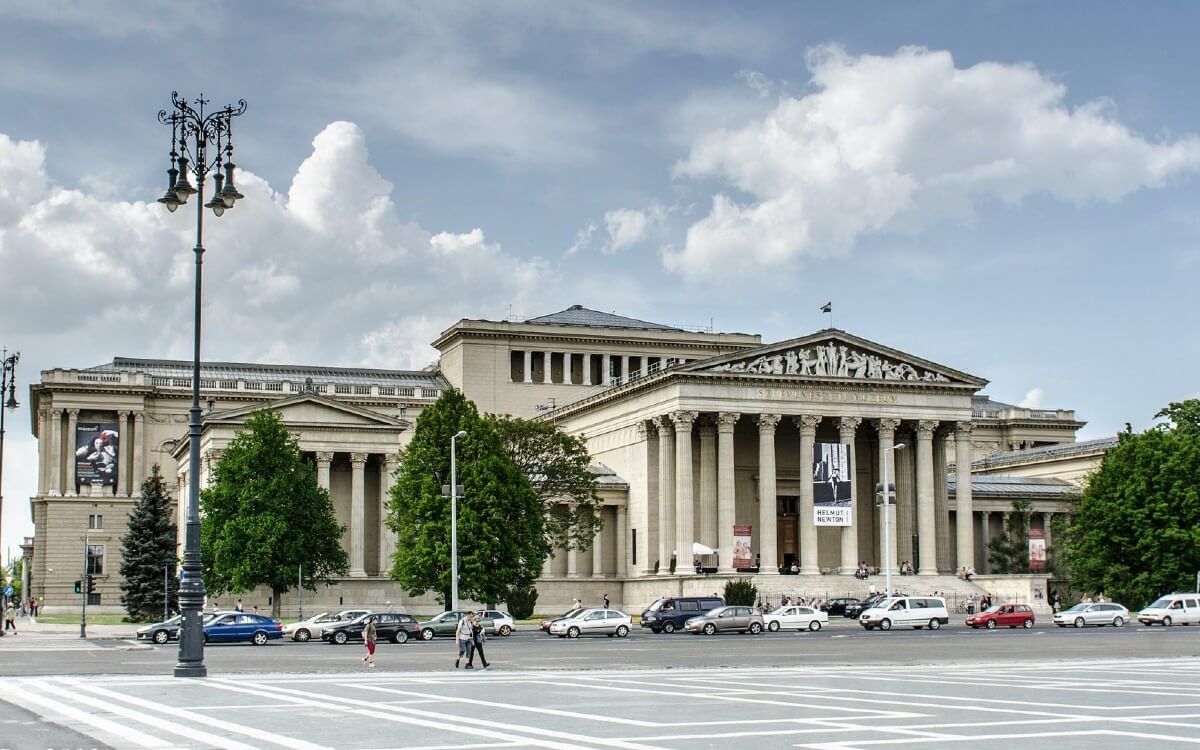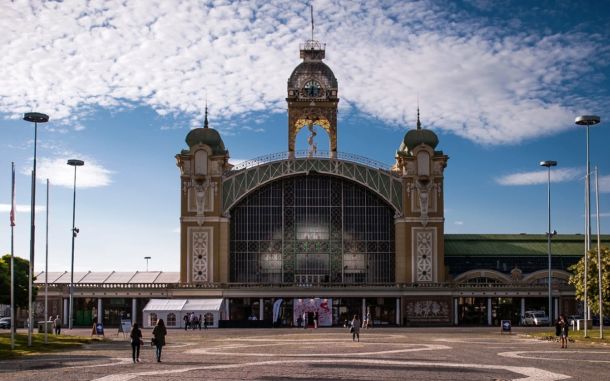The Museum of Fine Arts, Budapest

The museum reopened at the end of 2018 following the largest reconstruction project in its history. The Museum of Fine Arts currently complies with twenty-first-century standards for collection care and visitor engagement thanks to modernization.
The collection of Hungarian art before 1800, which was separated from international art in two stages after 1957 and relocated to the Hungarian National Gallery, “came home” after a protracted absence. The permanent displays were also updated concurrently with the renovation. As a result, the museum is once again operating as an exhibition venue where it is presenting Hungarian and global art history to the public, reverting to its original concept that was introduced at the time of its founding in 1906. In addition to exhibiting ancient cultures through its collections of Egyptian and classical artifacts, the museum has also come to house early American paintings. Art from the time after the start of the nineteenth century can be seen in the Hungarian National Gallery in Buda Castle until the New National Gallery in the City Park, whose structure was designed by the Pritzker Prize–winning SAANA architectural group, opens.
The Millennium Act of 1896 mandated the establishment of the Museum of Fine Arts, and the space next to the Mcsarnok (Kunsthalle) was chosen as the location for the new institution. The architects were Albert Schickedanz and Fülöp Herzog, who also created the Millennium Monument on Heroes’ Square and the already-existing Mcsarnok. The structure was dedicated on December 1, 1906, in the presence of Emperor Franz Joseph, and made public on December 5, 1906. To have the collections of the Museum of Fine Arts on display for the general public was worth the enormous effort.

The magnificent material of the National Museum and National Picture Gallery collections, as well as the Jankovich, Pyrker, Esterházy, and Ipolyi collections, were further enriched within the new institutional framework through routine purchases, foundations, and donations. These works of art were acquired over centuries and integrated into one collection. The museum, which unlike those of the largest European museums was not founded on imperial or royal collections, was elevated into a public treasure of art history and an important institution of Europe with the richest collection between Vienna and St. Petersburg through domestic and international research as well as scientific classification.
The dramatic development of the museum was halted by World War I and the ensuing austerity measures, while significant works were added to the collections even during the interwar years. However, World War II dealt the Museum of Fine Arts some serious blows and did a lot of harm to the organization, shaking it to its very core. The glass ceiling was completely damaged and the upper staircase was bombed. The majority of the artworks—including the most priceless masterpieces—were hastily and recklessly put on train carriages and shipped to the west during the final months of the war. The collection was severely damaged when it was brought back to Hungary from Germany between 1946 and 1947.
After 1957, the Hungarian works were removed from the Museum of Fine Arts’ collection and sent to the Hungarian National Gallery. The two organizations reunited in 2012, and in 2018 the pre-1800 Hungarian artworks were brought back to their original location in the Museum of Fine Arts’ newly restored structure.
Some of the Museum of Fine Arts’ collections have grown significantly over the course of its centuries-long existence, and new sections have also been added. Over 120 thousand items of art are currently housed in the museum.





Leave a Reply
You must be logged in to post a comment.